The Sports Centrifuge // Digital tools for Collaborative Workflows
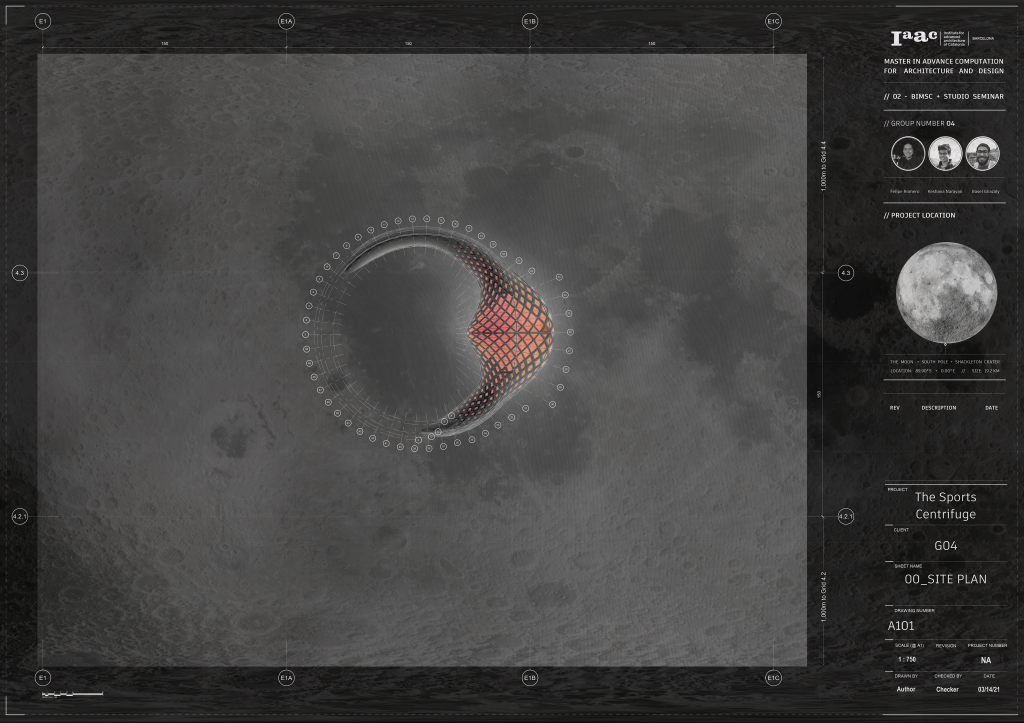
The ability to collaboratively work and design, as well as transfer geometry and data from one device and platform to another, is a big game-changer for the collaborative workflows within a team.
Main Workflow interactions
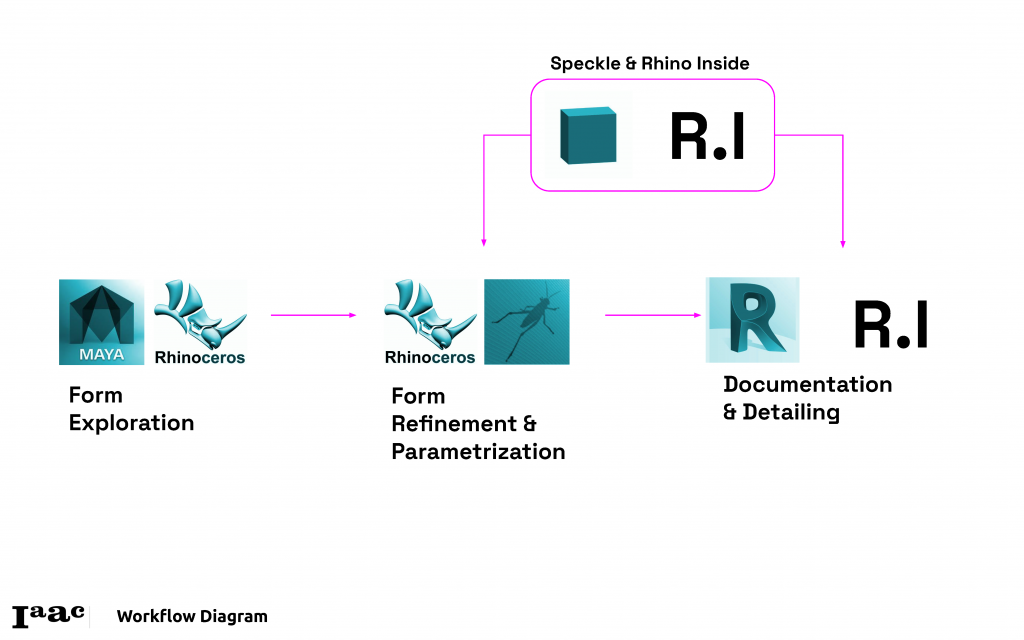
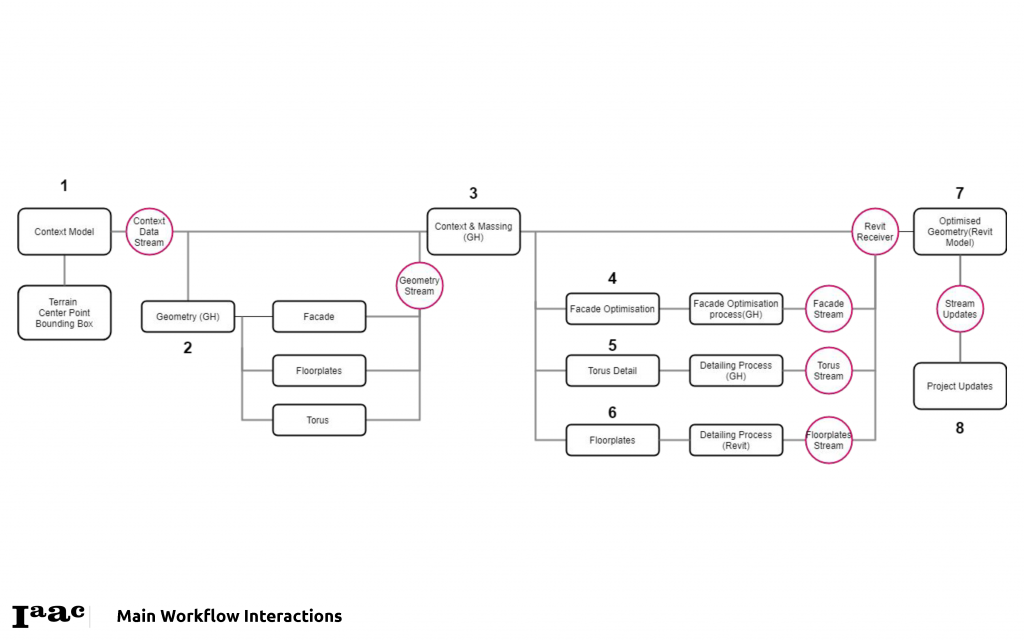
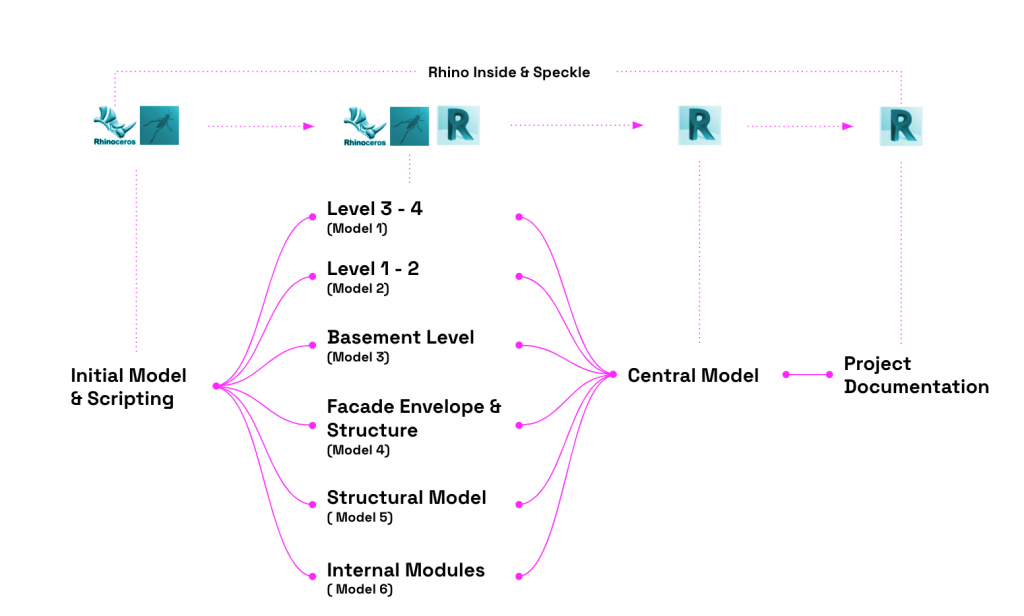
Throughout the project, we used speckle as our tool of choice to transfer data and geometries using different streams for each section of our geometry, with a stream for the context, the geometry, the façade, and the torus, all of which are in Grasshopper and Rhino.
Step by step process

The context is a separate stream accessible by all team members and is constantly updated from the original stream for the studio that has the terrain and the placeholder geometry for the neighboring projects. The center point and the boundary object are specified and are used in other streams.

The Geometry is created from a definition that uses the center point and the terrain slope for form generation producing the boundary volume, the slabs outline, and the main volume of the torus.

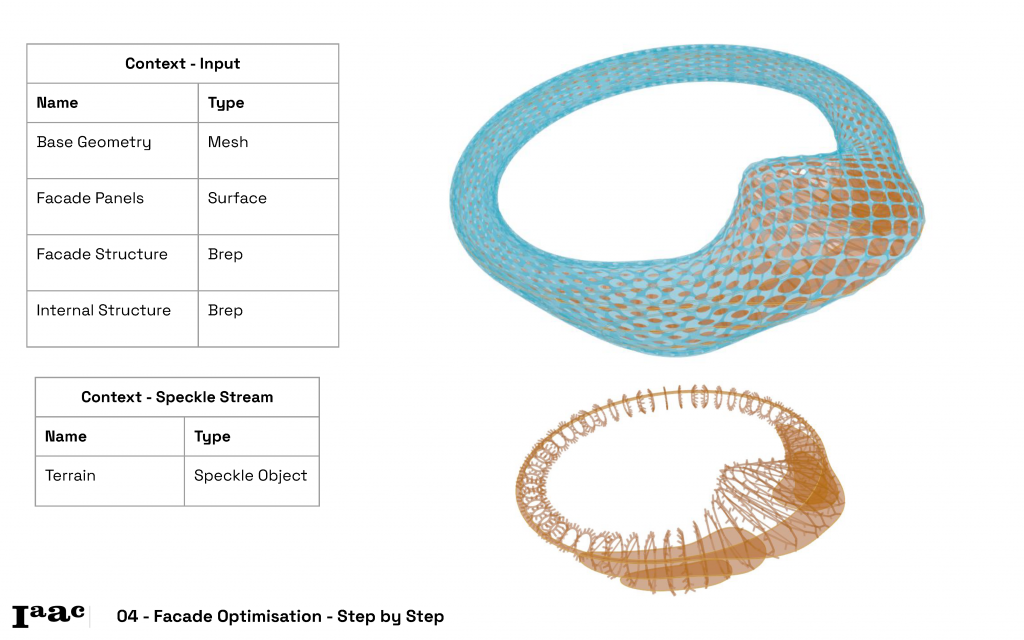
The Facade and its structure are generated in a separate stream.
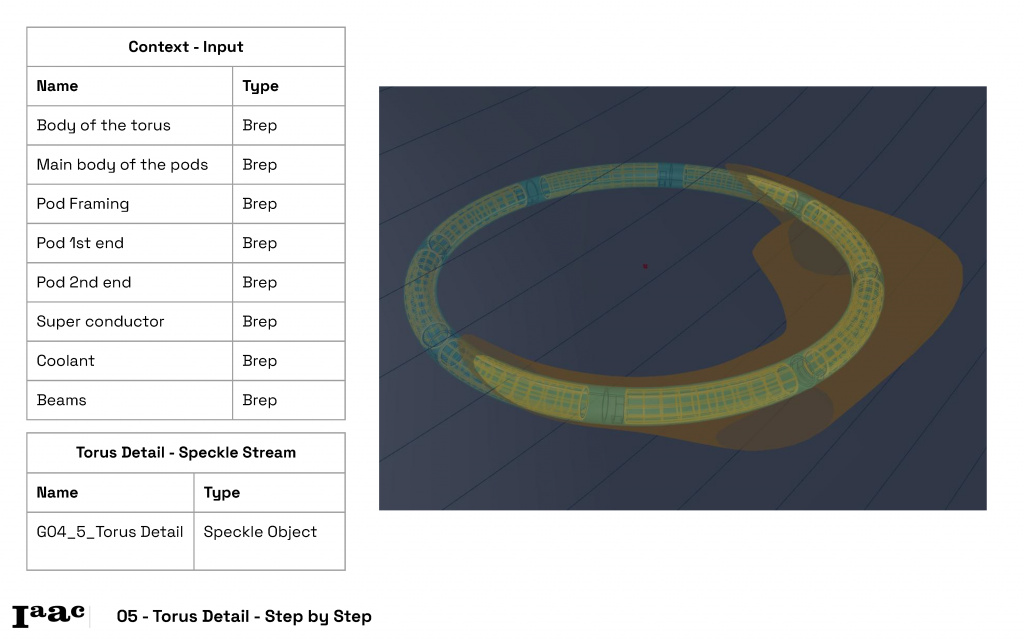
The torus is modeled separately and is pushed in a separate stream.
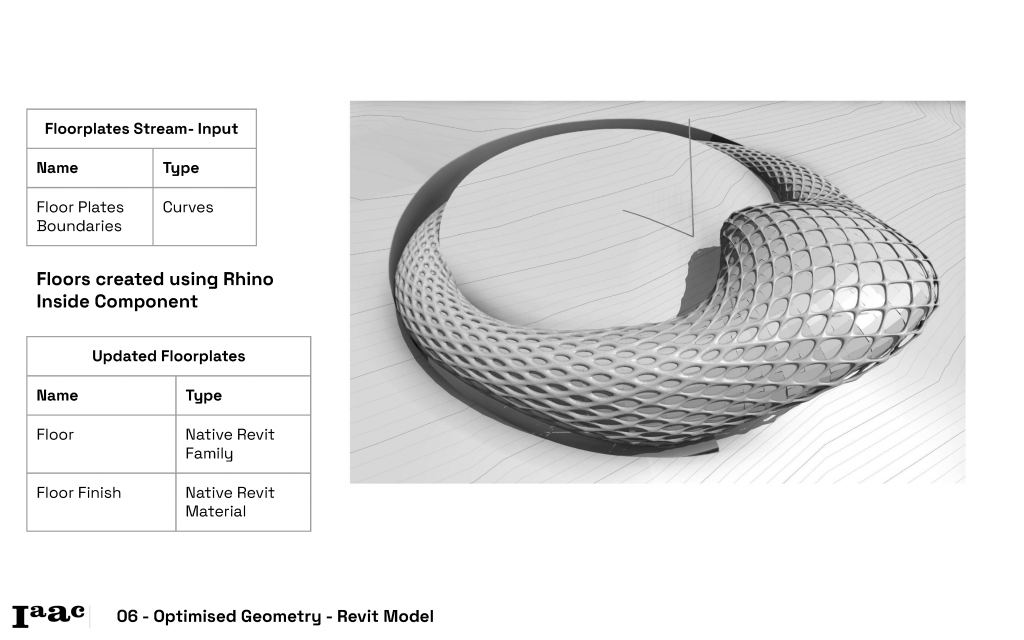
The final geometry is then transferred in separate streams to the Revit file to create the facade adaptive components and the floor plates.
Internal modules
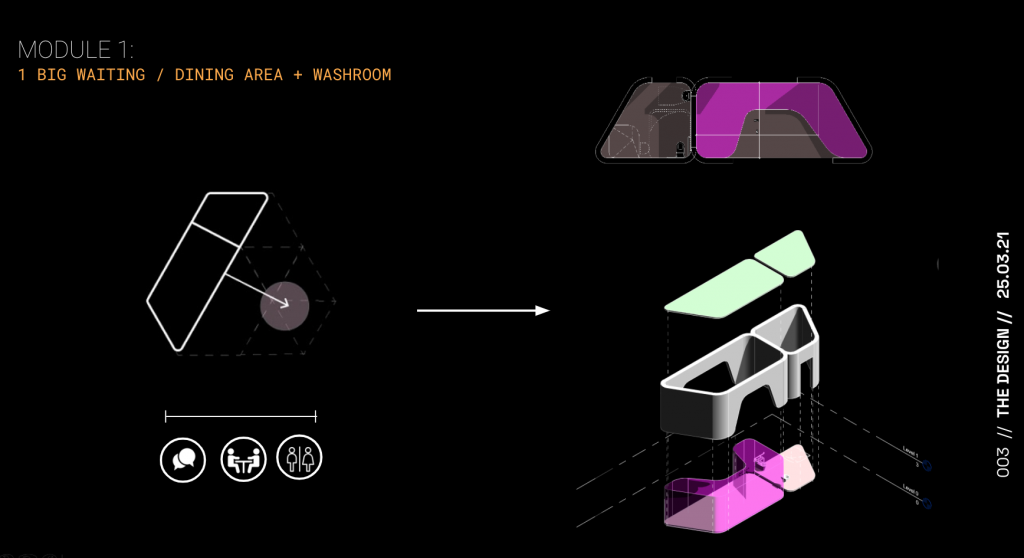
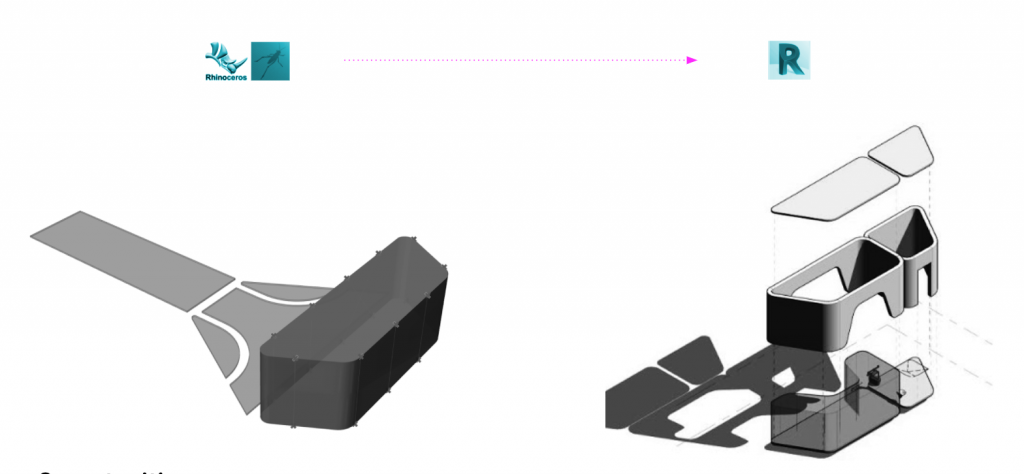
Speckle and Rhino.inside are used to bring in the internal modules into Revit.
Adaptive Components and internal modules
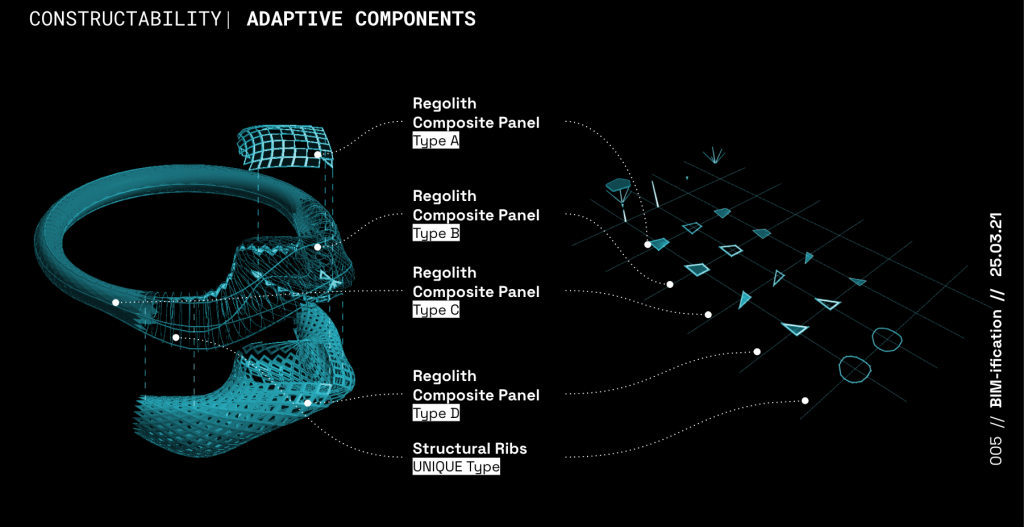
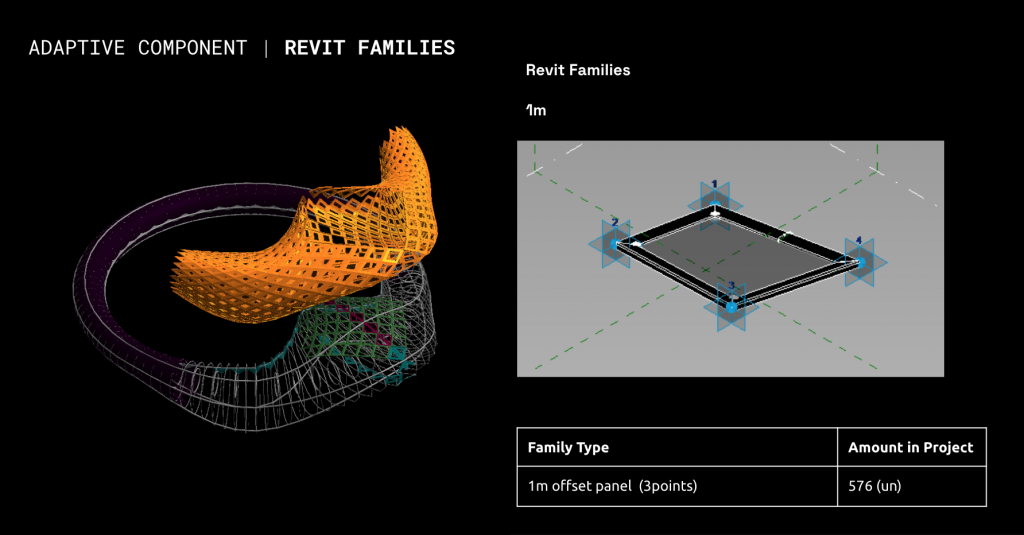
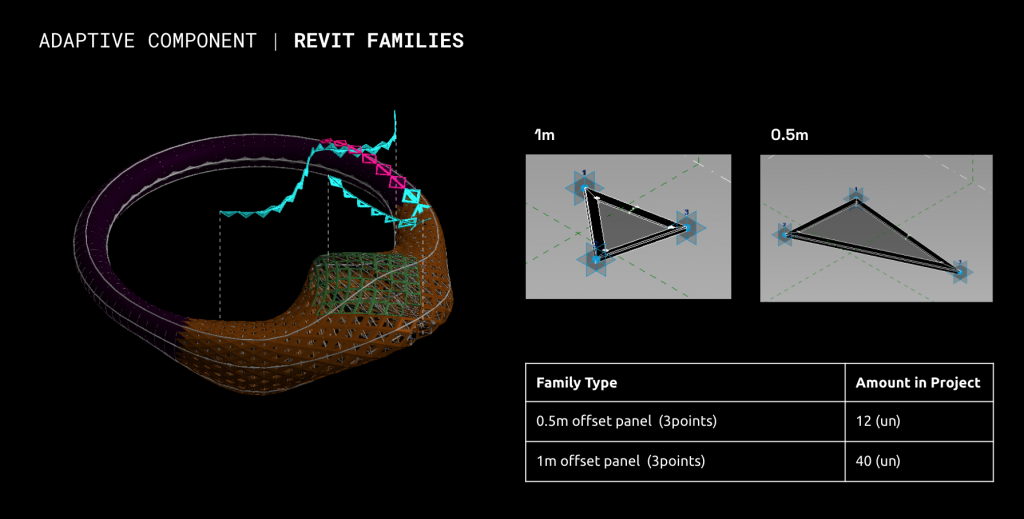
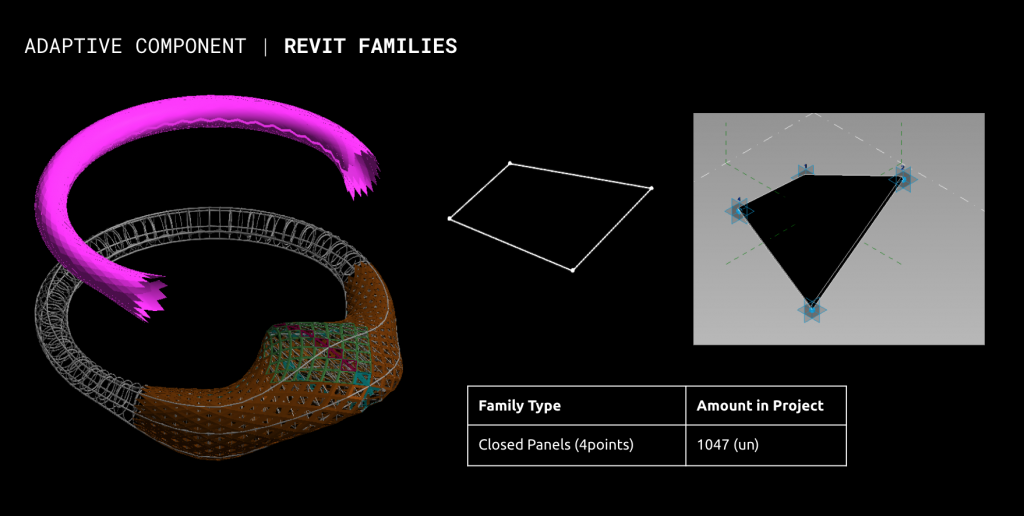
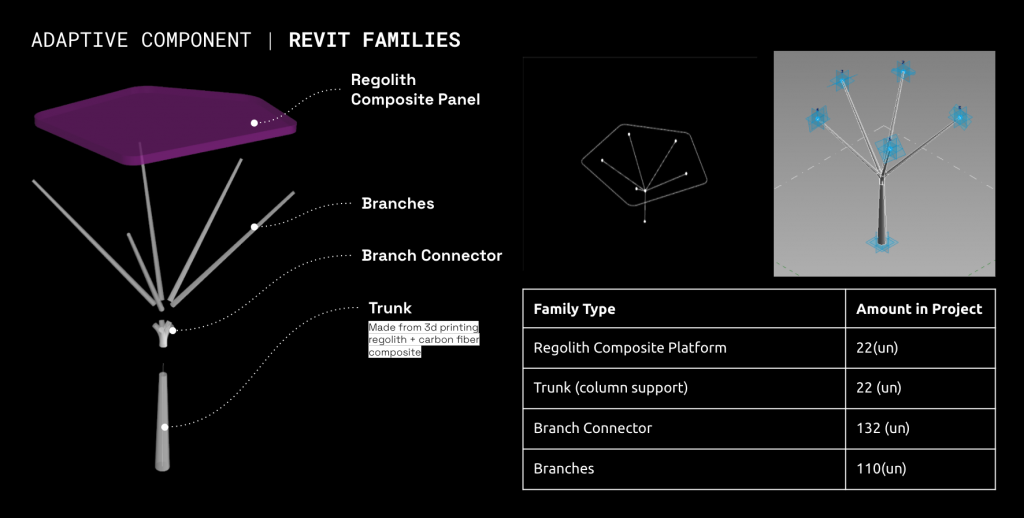
Finally, the façade and the slab tree structure are made of native Revit adaptive components that are made by first creating the adaptive components in the Revit files and then pushing the points that construct it using speckle to rhino.inside to construct the Adaptive components natively inside Revit.
Credits The Sports Centrifuge // Collaborative Workflows is a project of IAAC, Institute for Advanced Architecture of Catalonia developed in the Master of Advanced Computation in Architecture and Design 2020/21 by Students: Felipe Romero, Keshava Narayan and Basel Ghazaly Faculty: Alan Rynne and Noelia Rodriguez